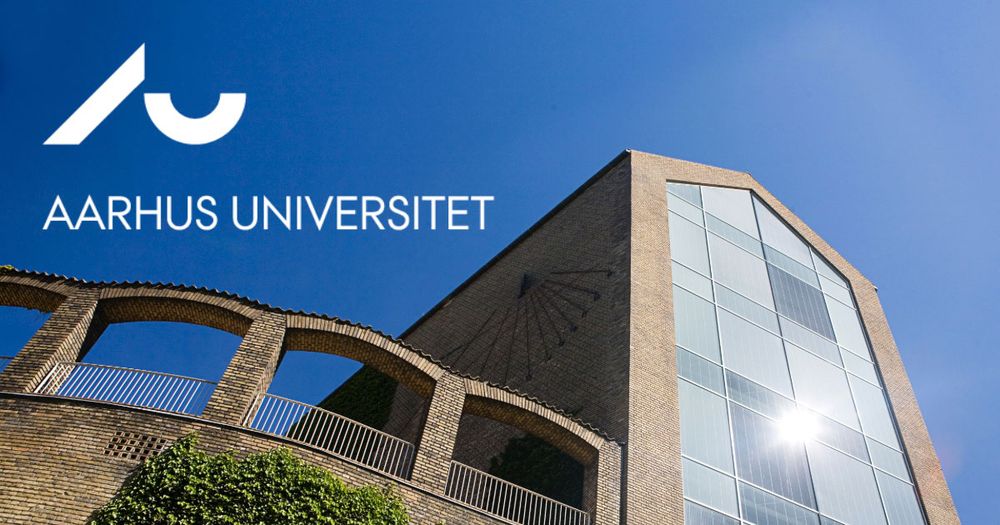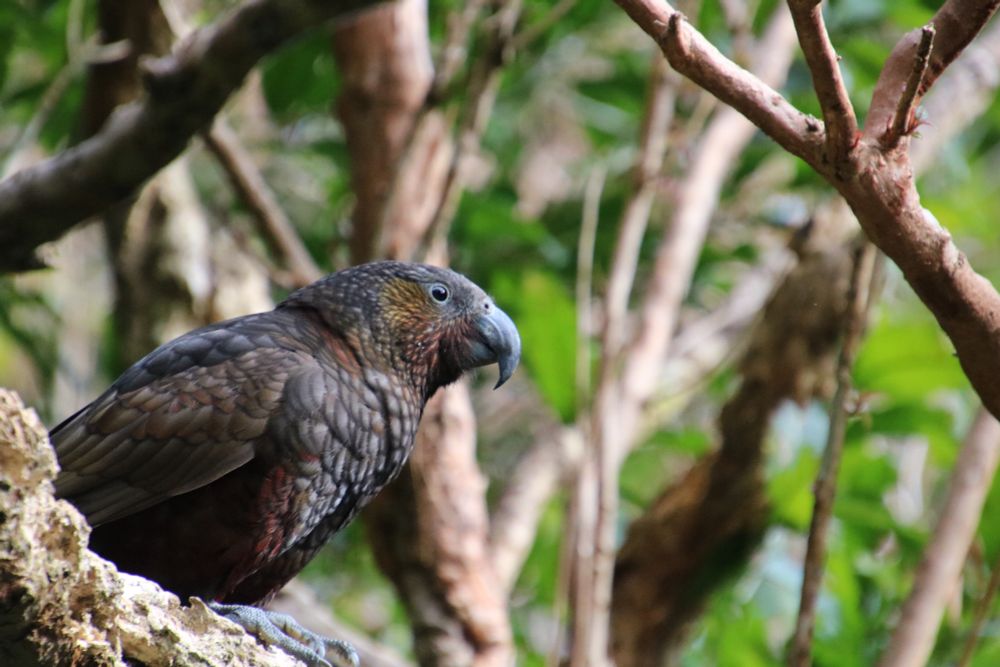Brandon Samuel Whitley
@brandonswhitley.bsky.social
1.1K followers
920 following
110 posts
PhD Fellow in Arctic plant diversity 🌿🌼 & pollination networks 🪰🐝, Natural History Museum of Denmark, University of Copenhagen 🇩🇰. APECS❄️. Graduate of Erasmus Mundus Master Programme in Evolutionary Biology (🇸🇪🇫🇷🇩🇪🇳🇴). 🇨🇦🏳️🌈 Born @360ppm. Fieldwork in Greenland 🇬🇱.
Posts
Media
Videos
Starter Packs
Reposted by Brandon Samuel Whitley
Reposted by Brandon Samuel Whitley
Reposted by Brandon Samuel Whitley
Reposted by Brandon Samuel Whitley
Reposted by Brandon Samuel Whitley
Reposted by Brandon Samuel Whitley
Reposted by Brandon Samuel Whitley
Reposted by Brandon Samuel Whitley
Maria Dance
@mariadance.bsky.social
· Sep 2
Reposted by Brandon Samuel Whitley
Reposted by Brandon Samuel Whitley























